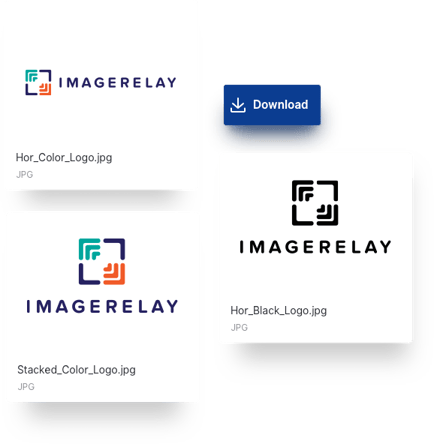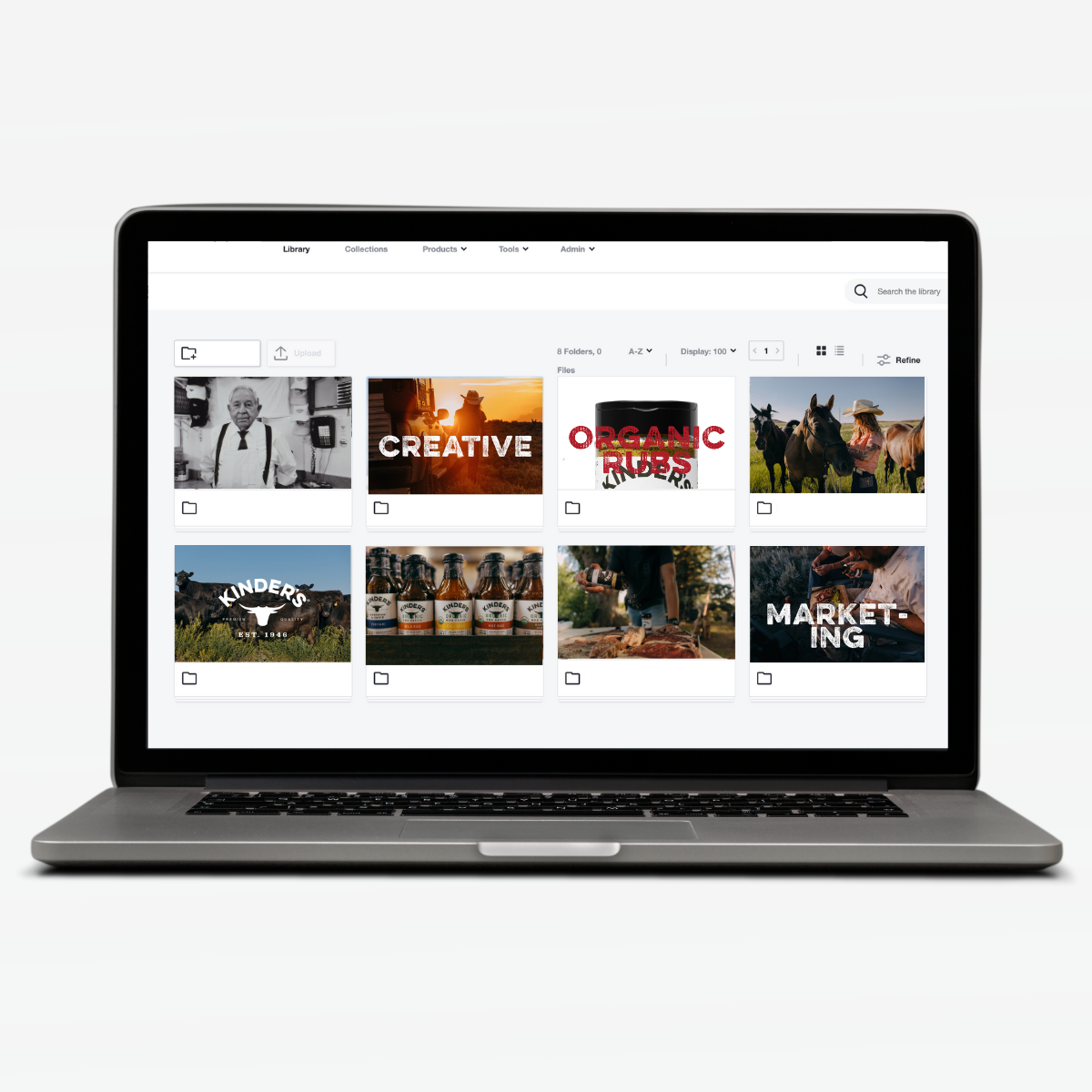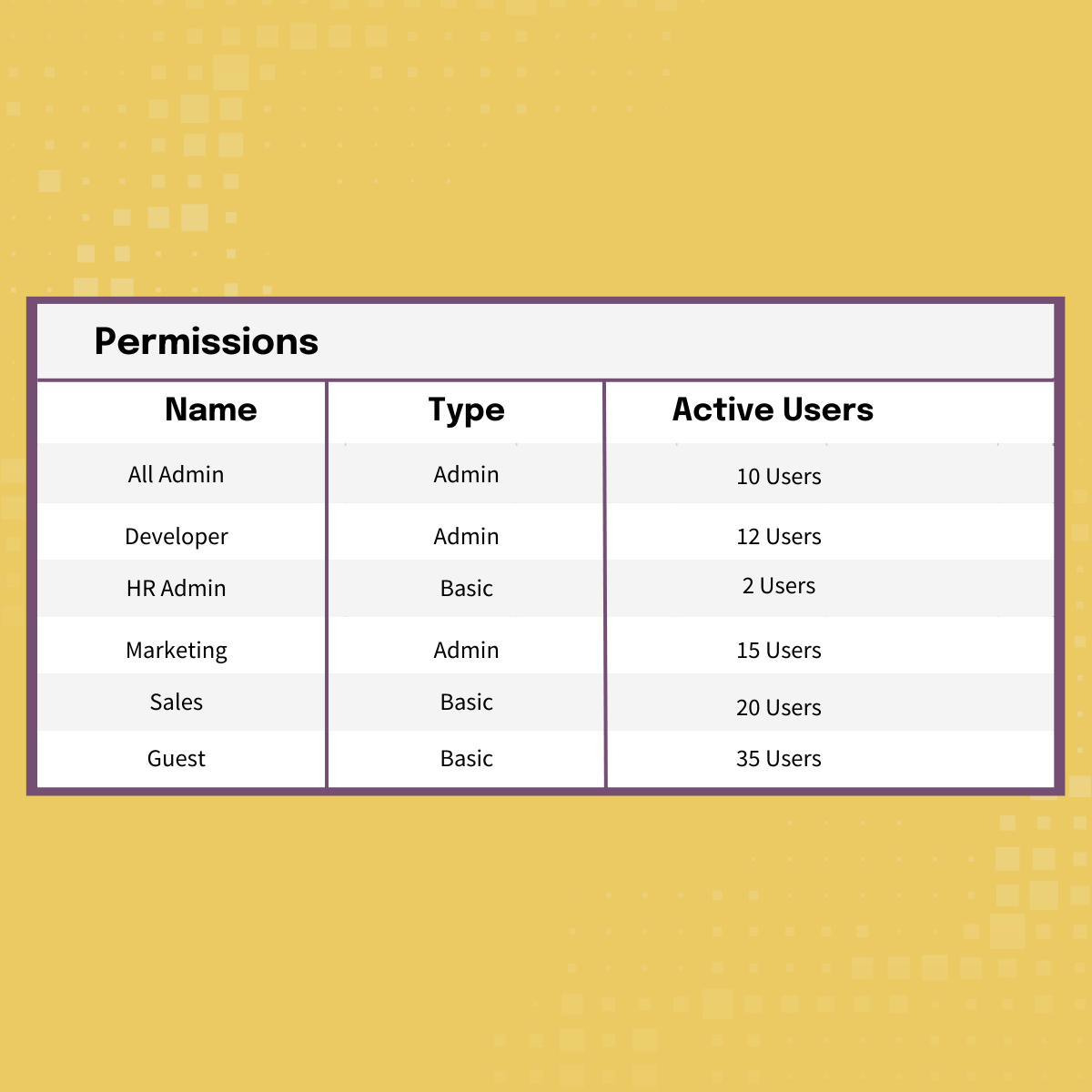Stages of Digital Asset Management Evolution


No one starts out with a perfectly organized collection of files that makes it easy for everyone in an organization to find what they need and distribute them in the most efficient ways possible. It takes work and it takes time to develop a good system and good processes.
At Image Relay we like to talk about an organization “evolving” over time with their digital asset management operations. Others in the DAM industry talk about “maturity” and there are companies and experts who think about DAM Maturity and how to help organizations mature over time.
Regardless of the term you use, it is all about describing and measuring the progression and changing sophistication of your digital asset management operations. As your organization improves operations, you can get more value from your assets and your team can work more effectively.
We look at evolution in digital asset management as a four stage process. It starts with having no digital asset management system in place and trying to manage people and processes without an appropriate tool. The last stage is when a system is fully adopted by an organization and also integrated with other applications so that your organization maintains seamless and effective content operations at scale. Your digital asset management evolution does not end when you hit the last stage. You can always improve and work on your content operations, but at that point it is about optimization.
Here are the main stages of evolution in digital asset management.
Stage 1: No System, No Process
You do not have a dedicated digital asset management system and there’s no real plan for managing assets.

With no process in place, you may have files scattered across a wide variety of options. This means files are sitting in Google Drive, others on DropBox, some on a hard drive, plus a few made it to a shared drive. There's even a bunch on that stack of CDs in the closet, and you just remembered that thumb drive you forgot about in the bottom drawer of your desk - that might contain an entire photoshoot from a couple years ago. Not great!
This situation leads to impossible to answer file requests, frustrating searches, and broken sharing tools. Employees often leave the company with assets in their emails or personal hard drives and those assets could be lost to the company forever. Time and money is wasted. This stage in your digital asset management evolution is more about mis-management than anything else.
Stage 2: Single Source of Truth
You now have a DAM in place, and you are satisfying the core need of centralization and curation of materials for internal use.
Congratulations - you are doing something about your previous mismanagement. Brand assets are now in one place, accessible to your team. That means logos, collateral, design files, product shots, finished video, forms, policies, and other content are organized in one system. You have created a single source of truth for brand content.

How you organize the content will be different between industries and even between companies in similar industries but at a high level a folder structure such as below would be a common starting point:
BRAND IDENTITY
PRODUCT
LIFESTYLE
MARKETING
EVENTS
ARCHIVE/HERITAGE
Folder strategies are discussed in detail in an earlier blog post.
Even with this simplest of structure, your asset library quickly becomes the trusted resource for employees to stay up to date with current creative, and stay on brand. This halts the use of outdated files, and reduces email requests to the marketing department as employees can find the things they need with self-service. Those “where is the logo?” emails are a thing of the past.
At this stage you may be starting to use a simple set of tags and descriptions (metadata) associated with assets to make things easier to find for you your team.
Stage 3: Streamlined Accessibility
The right assets, to the right person, at the right time. This is when you have control over the message, the team, and the information in your system. We try to get customers to this stage as quickly as we can.
At this stage you will have different constituent groups accessing the library with different feature access and visibility to assets. By controlling access to the library contents with created permissions, users only see materials they need and will want. In this way searches are improved, copyrights are upheld, and products and messages are always on-brand.
By this stage have created a controlled vocabulary of high value business terms (your commonly used words) so the library serves up materials using the expected search terms of your searchers. These are your tags and descriptions used in the metadata of an asset. By increasing the complexity and breadth of the metadata, users from various functional areas can find the right assets and see the associated metadata most useful for their needs. A refresher on metadata can be read here.
With a quality DAM in place, you also control the method of delivery with your branded interface. Owning the messaging application allows you to control the branded interface as well, rather than force your recipient to watch an advertisement before they access your freeware ‘file share’ software. Sharing assets outside the organization with links, rather than physically attaching the files, reduces stress on your email (and by extension your IT department).
As you evolve here you may invite non-employee guests as users to the portal, or perhaps allow external vendors to upload directly to the portal if appropriate. This is all for the purpose of increasing self-service.
Stage 4: Integrated and Systematic
In addition to the human inputs of the DAM, you are leveraging machine power. Your digital asset management system is fully adopted throughout the organization for content operations and integrated with other critical tools and systems. At this stage of evolution:
• Files and metadata are pushed or pulled from other systems to the DAM via API.
• The web team embeds images from the DAM in marketing and inventory websites.
• Automations have been added to ingest your social media feeds back to the library so departments can re-use those materials for their future campaigns.
The DAM is the single source of imagery, templates, and policies and they are being reused constantly. DAM managers can update materials once in the DAM and update shared resources without chasing down versions or duplicates in other systems.

By extending the DAM in this latter stage, updates to imagery in the DAM will simultaneously update multiple channels, and guard against brand misalignment. Meanwhile assets are accessible to other business applications (project management, campaign software, websites) via direct links. The DAM allows users to work in their preferred platform while collaborating using approved assets. Silos are broken down while simultaneously leveraging an asset for multiple purposes - you are reusing and getting a significant ROI from your assets.
Does it end there? No. This is when you optimize. Before Stage 4, your organization is still working on becoming effective, Stage 4 is figuring out how to be the most effective. Most organizations do not reach Stage 4. Frankly, most organizations are swimming in Stage 1 unaware how much their content operations could be helped. And this applies to companies and organizations of all sizes. Some multinational corporations, household name consumer brands, still manage content with hard drives in drawers.
At the end of the day, digital asset management is about making your team more effective and able to share your stories with the world. It’s not about trying to compare yourself to every other organization out there. Don’t dwell on where you are and think you can never get to Stage 4. Evolving in digital asset management may have some hallmarks at each stage, but everyone goes through it differently. It’s a process, it’s not magic. It’s about moving in the right direction, not trying to do everything on day one.
If you’re interested in learning more about how to evolve in your digital asset management journey, or even just get started, please let us know. We’d love to help.
Photo by Fitsum Admasu on Unsplash



